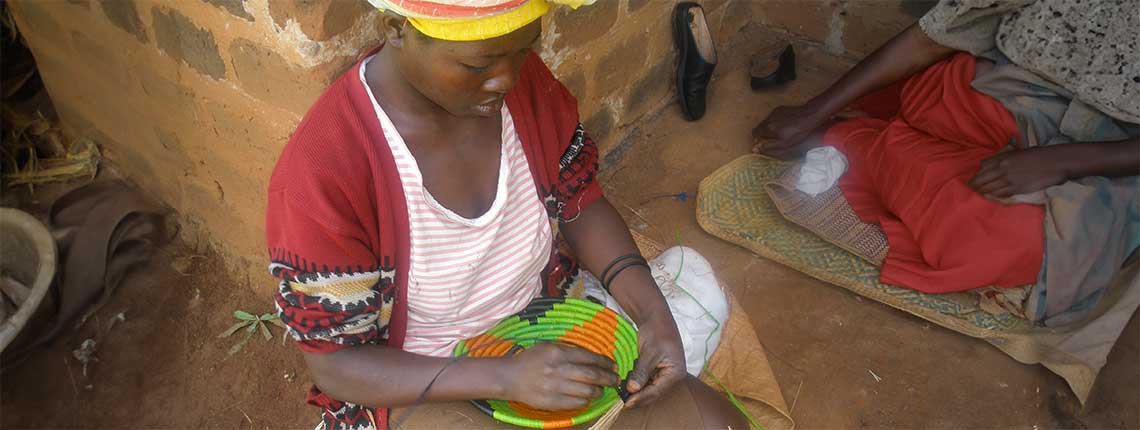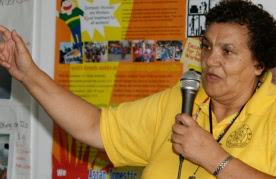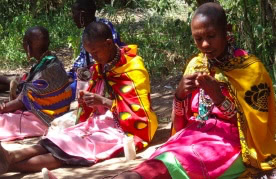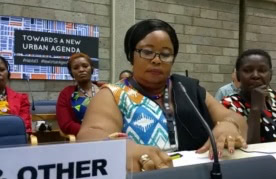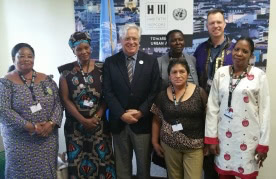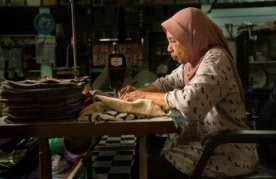Recent Posts
Myrtle Witbooi never intended to become a domestic worker. She had planned on studying nursing, but when a family asked her to help caretake for their daughter, who was recently burned, she agreed. For the next 12 years, she lovingly looked after the growing child and her siblings and, unwittingly, became a full-time domestic worker. However, it wasn't until a local newspaper published an article disparaging domestic workers that Myrtle became an activist.
A Q&A with Elaine Jones during World Fair Trade Week
Last month in Nairobi, 700 participants gathered at the Second Session of the Preparatory Committee of the United Nations Conference on Housing and Sustainable Urban Development (PrepCom2)—an important event in a series that culminates in the Habitat III conference in Quito, Ecuador in October 2016. However, of the large delegation, only a small minority represented grassroots leaders.
El mes pasado se reunieron en Nairobi 700 personas en la Segunda Sesión del Comité Preparatorio de la Conferencia de las Naciones Unidas sobre la Vivienda y el Desarrollo Urbano Sostenible (PrepCom2) en Nairobi; un importante evento en una serie de eventos que culminarán con la Conferencia Hábitat III en Quito, Ecuador, en octubre de 2016. De esa gran delegación, sin embargo, sólo una pequeña minoría eran líderes comunitarios.
The Rana Plaza disaster in Bangladesh in 2013 revealed the deathly factory conditions of garment workers, many of whom were stitching for the world's biggest brands. While the disaster has raised awareness -- and even moved forward promising steps to improve working conditions -- there is yet a another, even more invisible, garment-industry workforce, made up up mostly poor women, who are laboring out of their homes with almost no protection and no security.

